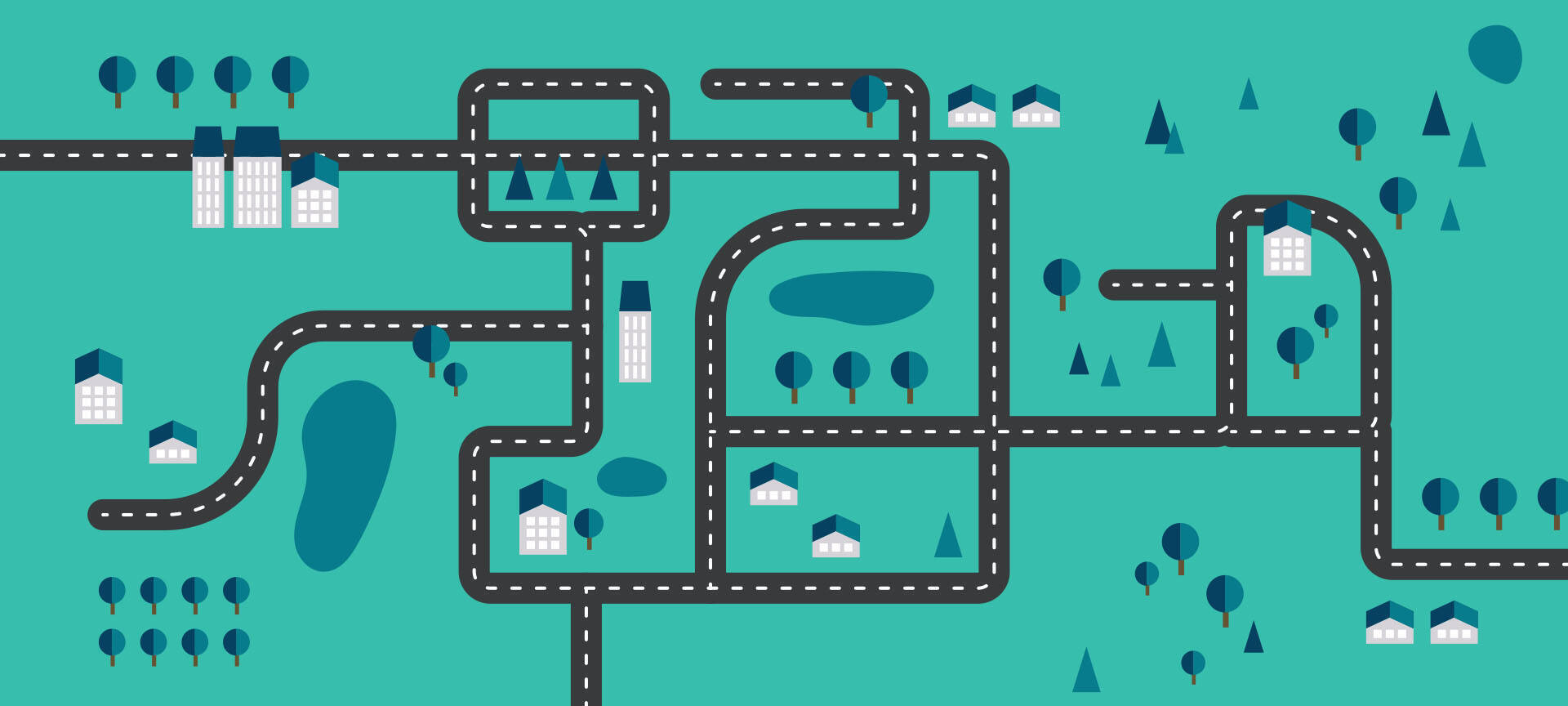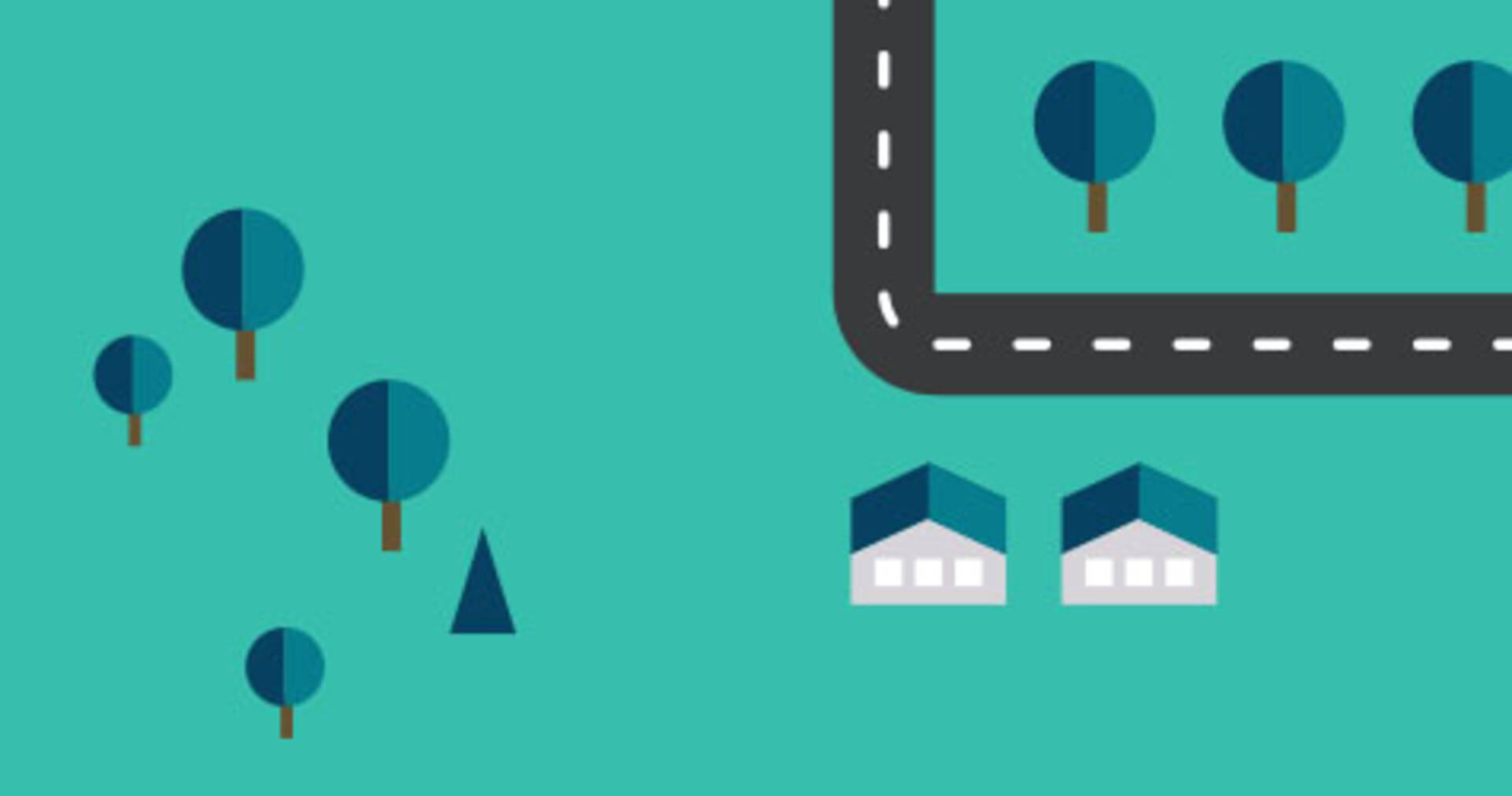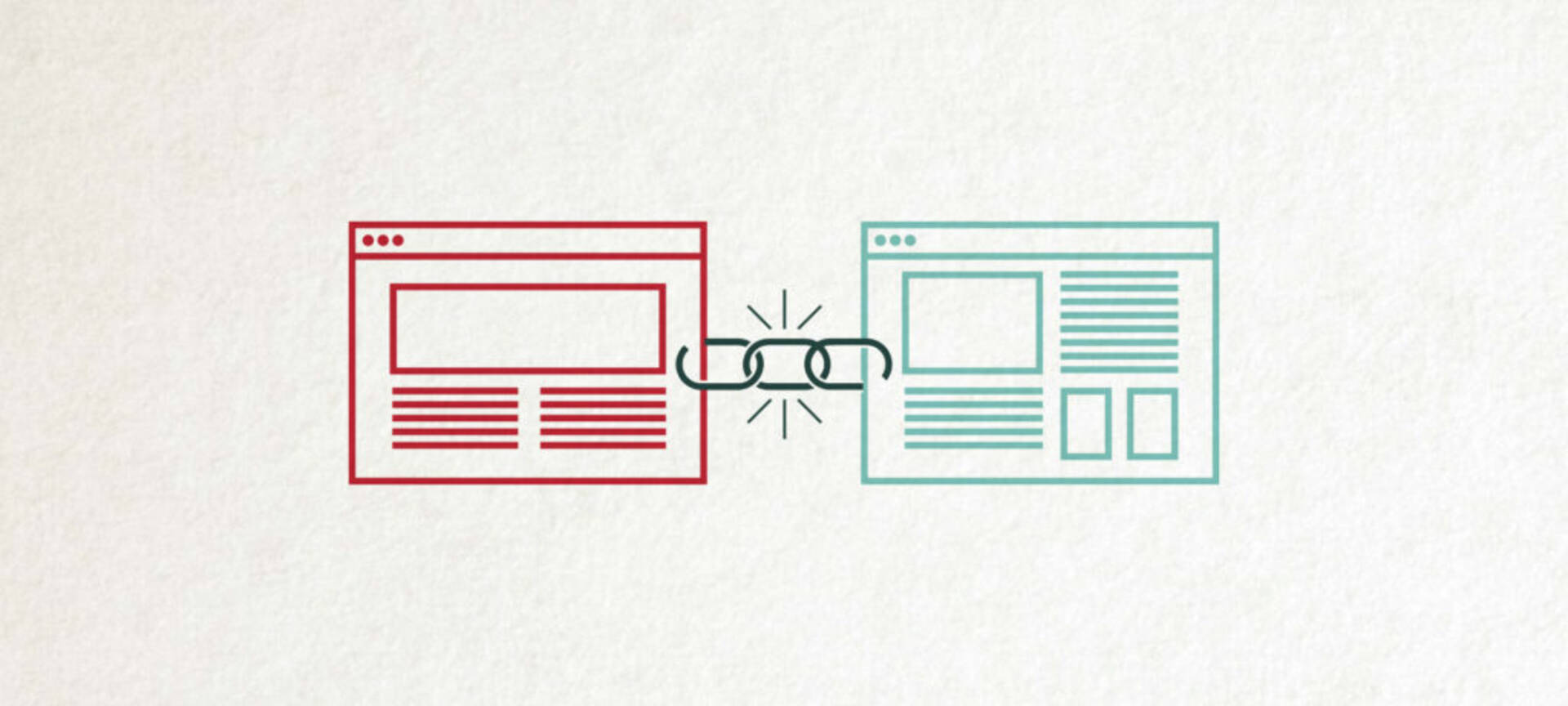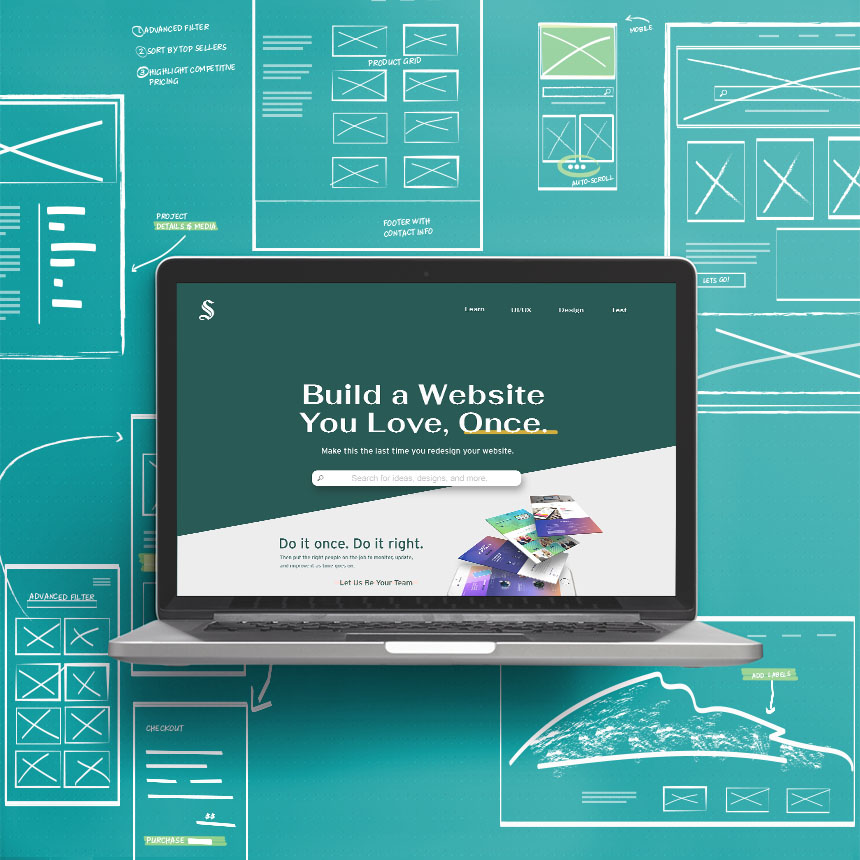Jake Smith
Digital marketing is often a regurgitation of vague acronyms and over-reaching phrases. It’s annoying. Often, discussing inbound website traffic in a casual setting feels like speaking Spanish when you’re at Taco Bell, or Italian when you’re at Olive Garden.
Sometimes discussing the ROI of your KPIs is just TMI. That’s particularly true in simple workshops for those just trying to wrap their heads around what a website is capable of and the impact one can have on a business.
This article could help with that. It’s a primer on the ways people get to your website and how to structure your site. I prefer metaphors over acronyms. Let’s just think of a website as a city and treat website traffic like real traffic.
When getting people to your website, think of it like a city.
Before discussing tactics on getting people to your website, let’s frame things. Think of yourself as an urban planner when building your website. “Urban planning is the planning of land use in cities. Urban planning determines how to make the best use of available space. It involves creating land use plans as well as reviewing, approving, modifying, and sometimes rejecting the plans of developers,” according to EnvironmentalScience.org.
If a website is a city, then neighborhoods, zoning and districts are the categories found in the site menu at the top of the page. Content is strategically designed to be placed in those categories like the placement of buildings/businesses/homes/roads is strategically designed to create a sense of cohesion in a town. It’s like zoning residential, commercial and industrial areas. Just as you wouldn’t put a residential home between a Jo-Ann Fabrics and Michaels, avoid putting your “shoes” content in your “t-shirt” content, for example.
This helps your visitors stay focused on what the purpose of that web page is and contributes to its authority on the subject matter when search engines crawl through your site looking to rank website pages in search results. Each website visitor will be funneled into the appropriate neighborhoods of your website. Effectively structuring those neighborhoods and their proximity to each other helps improve their visit (ala user experience design) and keeps them in your city limits longer (ala bounce rate reduction).
If each neighborhood has the right signage indicating where they should go next for various services and needs, then the possibility to increase their economic and social utility is improved. That’s a big part of what conversion rate optimization is — or in other words, designing, structuring and signaling information to increase the net yield of valued activity, be it a purchase, form submission, or whatever.
So, to recap:
- A website is a city. You want your city organized for when people come to it.
- If that’s true, then website traffic acquisition is all the ways people can travel to and within your city.
Getting website traffic is like building transportation infrastructure.
When you wonder how to get website traffic, think about the size, location and nature of your website. Then align those insights with who your audience is. That will determine the channels that people use to navigate to your site. Keeping with the city/traffic metaphor, here are a few ways people will do that:
Organic search traffic: This is like a highway/interstate system. It goes to every town. It’s fast. There are road signs that point people to towns. It links drivers between where they are and where they want to go. It’s the foundation for most travel. Optimizing your website to more effectively and efficiently show up in Google is like putting the road sign/exit sign for your town in front of other towns’ signs. It’s a common tactic, and it’s more important for smaller/rural towns that wouldn’t otherwise receive visitors from other forms of transportation.
Paid search traffic: Whereas organic search is a highway that goes near your city, paid search is a highway that goes straight to and through your city. It’s immediate. It’s convenient.
Direct traffic: Direct website traffic is like taking a direct flight. You know where you want to go, and travel from one city to the next in the quickest and most efficient manner. You enter a website URL into your browser. You go straight there. You don’t need to prompt signs or maps. Whereas small websites/brands aren’t always known immediately, larger sites will receive direct traffic without prompt.
Referral traffic: Referral traffic is like taking the bus. Referral traffic is generally when one site embeds a link to another, either to you or through a chain of websites to you. A bus route can take you from one defined location to the next, ending at the final destination or at the next connecting stop. Sometimes there’s a direct link to your site, but sometimes people navigate through a series of links (i.e. take buses in a series of routes).
Social traffic: Social media is a large, diverse population — like an urban city — that a smaller town can have a presence in through proximity or inhabitants. Social media can direct people to a smaller site just as an urban city center can trickle residents to smaller, connected towns/suburbs.
Affiliate traffic: When a website partners with a third party to deliver traffic to its site, they’re in an affiliate relationship. Though this example isn’t perfect, getting to a website from affiliate traffic is like working with a travel agent to get to a city. They get a commission from directing you to a given location. Affiliates make a small bit of money from driving traffic to websites.
Email traffic: Email marketing is like that pushy friend who wants you to drive to their place. Driving traffic from emails requires a solid relationship. Build that before you push for traffic from this distribution channel.
Some people use all these methods at one time, and others. Some find that only a particular mix makes sense for what they do, where they are, and who their audience is. If your city is in a rural area, you might not have an airport and you’ll have to rely on highways. If your city is in an urban area, you might want to be more granular about how to get people to visit. It just depends, but ultimately in digital marketing, it’s key to consider the right channels for inbound traffic, and there are a lot of ways to do so.
Your audience has to travel to your content. How they get there is just as important as what they do when they arrive.




